How To Get Started Micro Homesteading (for beginners)
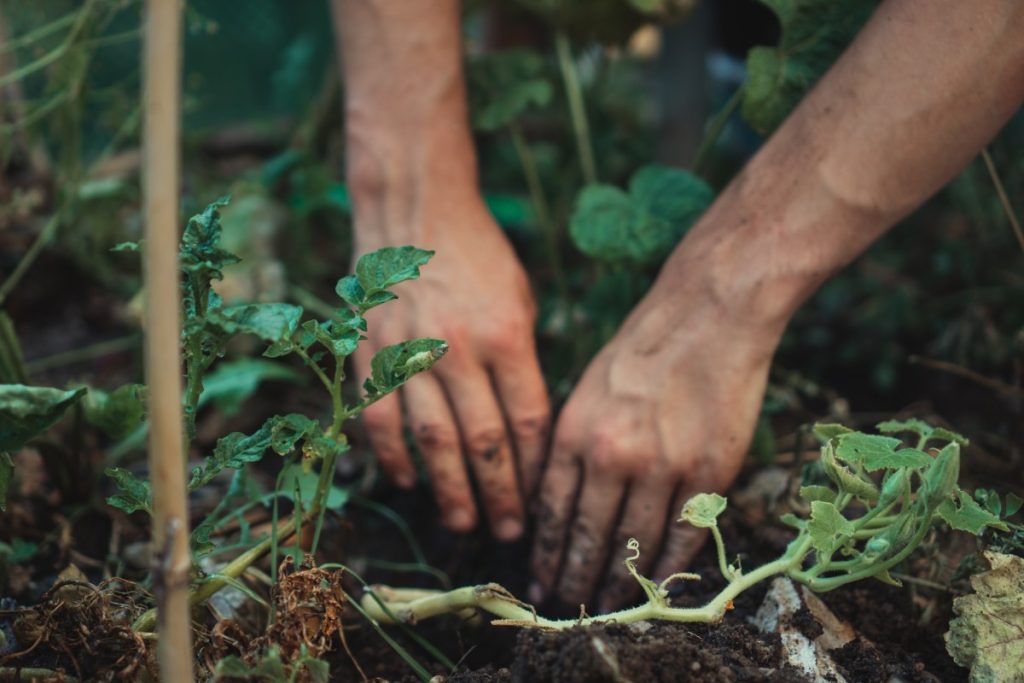
For years I dreamt about having a greenhouse and kitchen garden so I could grow my own food, and definitely keep small livestock, like chickens. I couldn’t stop thinking about all the healthy and tasty homegrown and homemade food I would preserve and enjoy throughout the year. I would spend hours on Pinterest creating boards on how to get started micro homesteading. But regardless of how easy people made it out to be, I always felt like it was just beyond my reach.
(I recommend reading this article from beginning to end, however, if you’re just here for some quick ideas and inspiration on how to get started micro-homesteading, like right now, you can skip right to that here.)
I would borrow these inspiring books about vegetable gardens in suburban areas that I started but never finished. There was so much information about soil health, types of garden beds and growing zones. I felt completely overwhelmed by it all and didn’t know where to start. I eventually realized that none of that information matters until you actually start doing something. So I’m here to tell you to pause seeking all the knowledge and information and just put a seed in some soil. Or don’t – bear with me. I’ll clarify.
If homesteading is a lifestyle and an attitude, then micro-homesteading is a simplified version to accommodate modern, urban life.
Winter or summer – you can start now!
As I’m writing this it’s the dead of winter and there’s 4 ft of snow outside my door here in central Norway. We only have a very few hours of daylight. Even so, some herbs are still finding ways to keep growing on my kitchen counter. You don’t have to wait till spring. People everywhere are micro-homesteading in very small spaces, year-round. If you live in an urban setting and don’t have access to a community garden there are still plenty of solutions and creative ways to start homesteading. But first thing first. Let’s take it right back to the basics.
What is micro homesteading?
To be able to answer this question we first need to define homesteading and farming, which are not the same thing. And the size is not the only thing differentiating them. Farming is generally defined as using “land for growing crops and/or keeping farm animals”. Whereas homesteading is (in modern terms) defined as “a lifestyle of self-sufficiency”. This indicates a significant difference in practical terms. You can be a homesteader without even putting that seed in the ground.
In my opinion, homesteading is about taking responsibility and control of your life. Of facilitating autonomy. It is about respect for nature and understanding your role as a steward of the land. Equally, it is about your community and the way you get involved in shaping it. Understanding this holistic approach to life opens up a broader understanding of wealth and a narrower understanding of what is enough. You can have abundance and thrive, on less.
If homesteading is a lifestyle and an attitude, then micro-homesteading is a simplified version to accommodate modern, urban life. Homesteading is a spectrum, rather than a goal. You can always bring some aspect of it into your life. The fact is that with the world’s population being at an all-time high, not everyone can or should live in rural areas. Living in a city or the suburbs doesn’t mean you respect the earth less or don’t want financial freedom or more happiness in your life. It’s just where you live. In other words, no matter where you live, you can still be a homesteader. Or micro-homesteader.
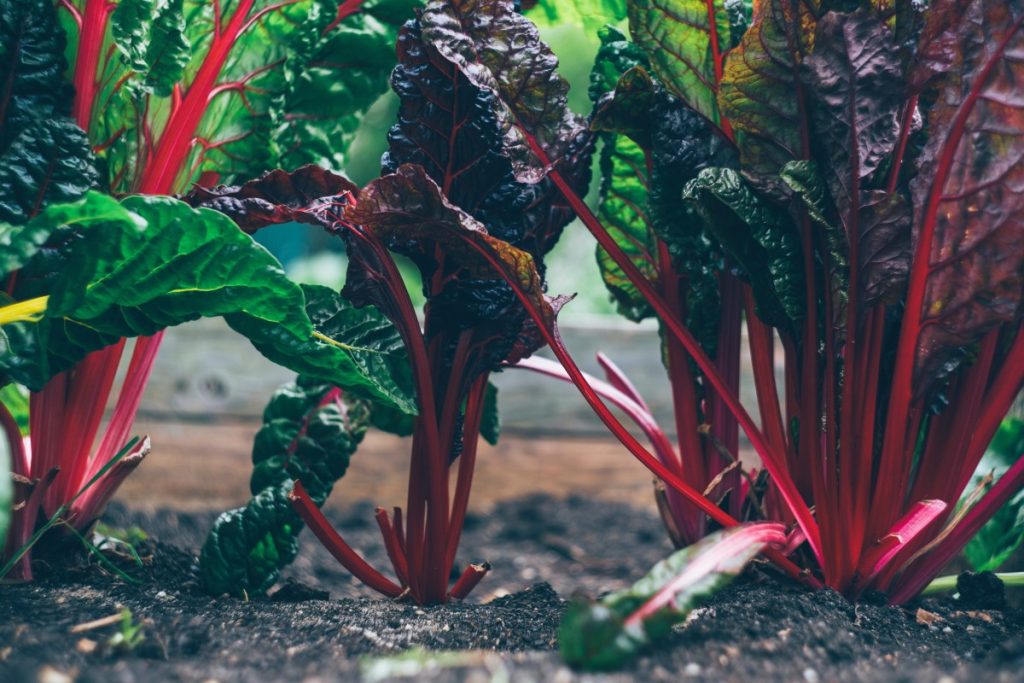
Why micro-homestead?
There are endless reasons why you might want to start micro homesteading. In recent years a lot of people got into it as a survival response to the pandemic and disruption in supply chains. A desire to treat health issues naturally and more holistically is another reason many have found their path into this way of eating, thinking and living closer to nature.
A small-scale collaborative economy
Homesteading is self-sufficiency, and in our day and age, self-sufficiency is a political agenda. By taking control of your finances, what you spend or don’t spend money on, growing or hunting your own food, or producing your own energy, you’re stepping away from partaking in the money economy. Modern advancements are important and very valuable. However, at the moment they are increasingly undermining values such as biodiversity and spiritual health. As homesteaders, we can create a small-scale collaborative economy, where the conditions of the global financial system don’t apply. At least less. We can slow down the pace and purposely work to heal our soil and our relationship with each other and all living things.
Whether you’re interested in offsetting some of the food costs for a large family or easing into a more connected, natural lifestyle and developing a healthy relationship with your community, the first step is knowing that it is possible. A desire to do better is a great way to get started micro homesteading.
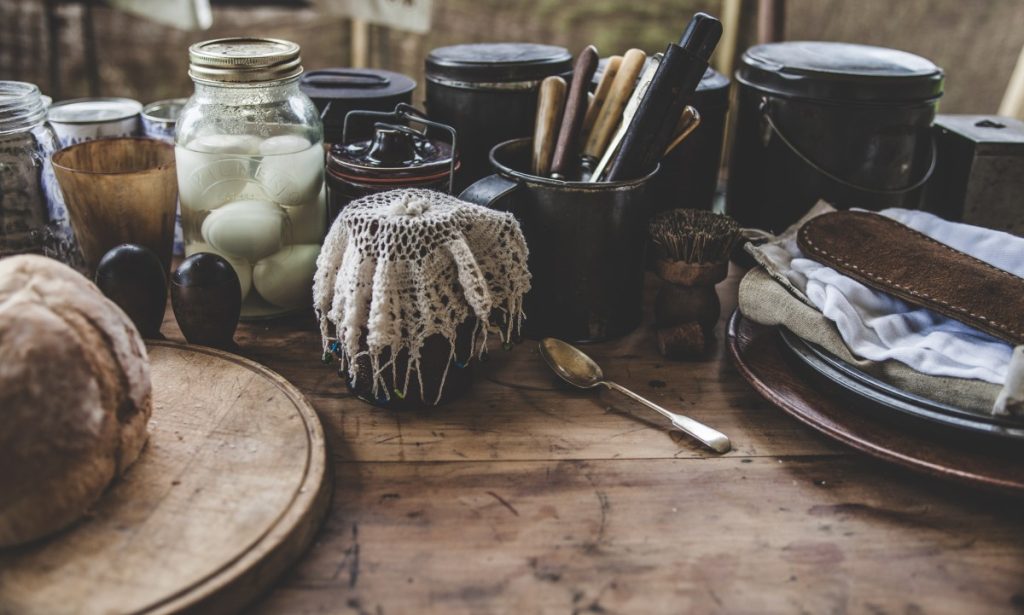
How to get started micro-homesteading?
With the thing that comes easiest to you! What that is depends on what you’re interested in. Here are some examples that will get you going today:
- Cooking: make your own mayonnaise! I’m sure you already have the ingredients in your fridge. It’s 2 egg yolks, 1 tsp Dijon mustard, 1 cup vegetable oil, 4 tsp lemon juice, salt & pepper – pulse yolks and mustard till combined, add oil till thick and emulsified, season to taste.
- Beauty: do a face scrub (sugar, honey and olive oil) or hair mask (avocado, honey and olive oil)
- Cleaning: I have made my own kitchen spray for years (2 part vinegar, 1/2 part dish soap and 2 parts water, customize to your liking. You can add lemon juice or essential oils if you like)
Find one thing to stop buying
By starting with the easiest thing you build confidence and momentum. Find one thing in your fridge or pantry that you can make yourself and stop buying. If it’s winter where you are, then start creating some shelf space for a pantry or organize the one you have. The cold season is perfect for decluttering and getting rid of stuff you don’t need. To get a better overview of what you use and would like to stock up on.
Compost
On a global scale, we throw away a ridiculous amount of food. Become more aware of your food waste and investigate if there are ways you can throw away less, or if you can use your scraps for something. If you live in an apartment a Bokashi bin is a great alternative to outdoor composting. In quite a few cities there are community-run food scrap recycling initiatives, such as ShareWaste.
It takes time to incorporate new habits, to test and tailor them to make them a natural part of your life. It’s so easy to get overwhelmed. Trust me. I go in headfirst and 100% at most things I do. And more often than I like to admit I’m quickly hit by overwhelm and lose all motivation to keep going. So, don’t feel like you have to do it all right away. Enjoy the process! Take your time and find pleasure in learning new skills, recipes and habits. Trust that you will get where you want to go and know that slow and steady wins the race.
Rome was not built in a day. In fact, it took 1,229 years, so.. there’s time.
Chasing goats
Once you get the ball rolling it’s kind of hard to stop. Every little step you take opens up a whole selection of alluring new paths. You plant a single basil seed and before you know it you’re chasing a goat on the loose.
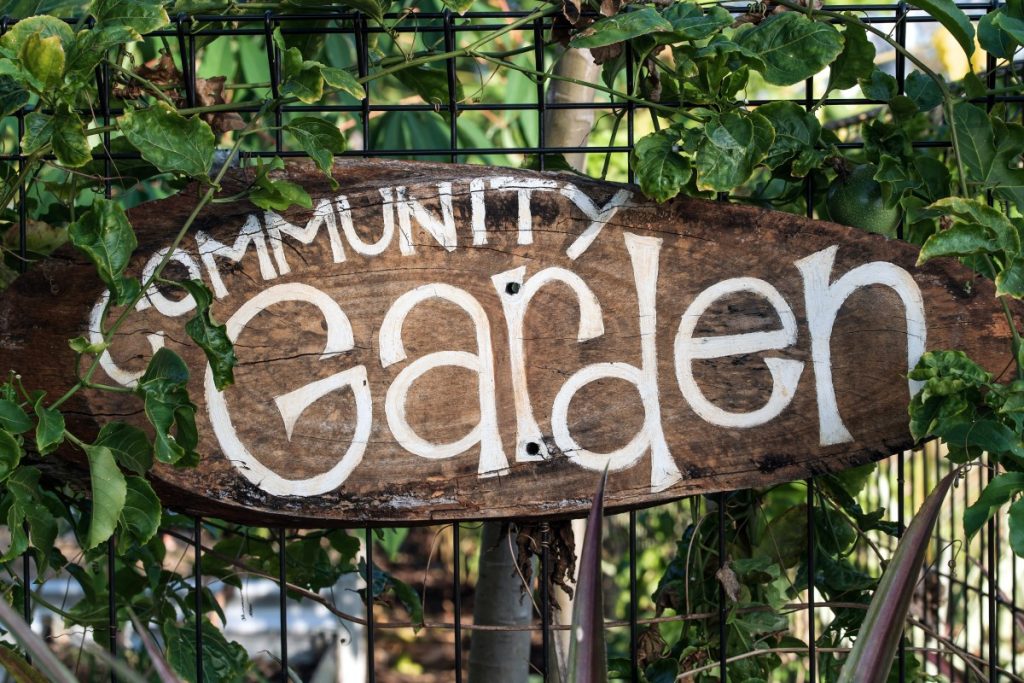
City Dweller
Your imagination really is the limit for what you can do when you get started as a micro homesteader. Perhaps you enjoy the buzz of city life and your production will be limited to what you can produce inside your apartment or on your patio or balcony. Container garden-friendly vegetables such as spinach, bush beans, tomatoes, and carrots can thrive in a balcony setting. Check out vertical gardening. Green Stalk Planters take up a square foot of floor space, but a ton of vertical growing space. Herbs, micro greens and salads can be very happy indoors by a window in your kitchen or living room. You don’t need a lot of space.
Some apartment buildings have rooftop terraces perfect for a container garden and perhaps honey bees. If you’re lucky you might even be able to apply for a lot at a community garden. If not, I encourage you to support your local farmers. Visit your local farmer’s markets, and buy in-season and bulk when possible. Talk to people who are doing what you want to do. Find inspiration and motivation in their stories.
Suburbanite
If you live in the suburbs and have a small backyard possibilities are endless. In many places, you can keep a small flock of backyard chickens and rabbits. Neither requires much space. Honey bees are great for the environment and are gaining popularity so there’s a lot of great information about it (like this article from Frank The Beeman). Check out your local laws and regulations before building that chicken coop though! A small garden can usually fit one or two fruit trees, some berry bushes and a few raised garden beds. Perhaps with a square foot gardening setup to optimize the little space. You can live a pretty self-sufficient lifestyle on a suburban micro homestead. If you have some extra space you might be able to develop a suburban micro-farm and supplement your income by selling root crops, seed packets, or cut flowers at local markets.
Solar panels are another great way of offsetting your power bill or even as a supplemental income. We are not paying for electricity this entire winter. Our panels are connected directly to the grid and the power we don’t use is saved in a power bank. We monitor the prices and make withdrawals as we see fit. Or we sell the power to our provider and get some extra cash.
If you, like me, are itching to get your hands dirty long before the Christmas decorations are even down, then this is for you. Despite the name, you can use the method of Winter Sowing Year-Round. Winter sowing is a way of starting seeds outdoors while still giving them a big head start on seeds started directly in the ground. Read our article about starting seeds outdoors here!
What can you expect when you get started micro homesteading?
Homesteading is about striving for sustainability and getting your hands dirty. It’s about failing, getting back up and learning heaps in the process. Furthermore, it’s about taking a stand, regaining control of your life and paving a greener and more conscious path for your and your children’s future. To us, time is one of the most important benefits of this lifestyle. We have more time with our kids, with each other, with family and friends, and with nature! As an added bonus you will undoubtedly save yourself some money in the process.
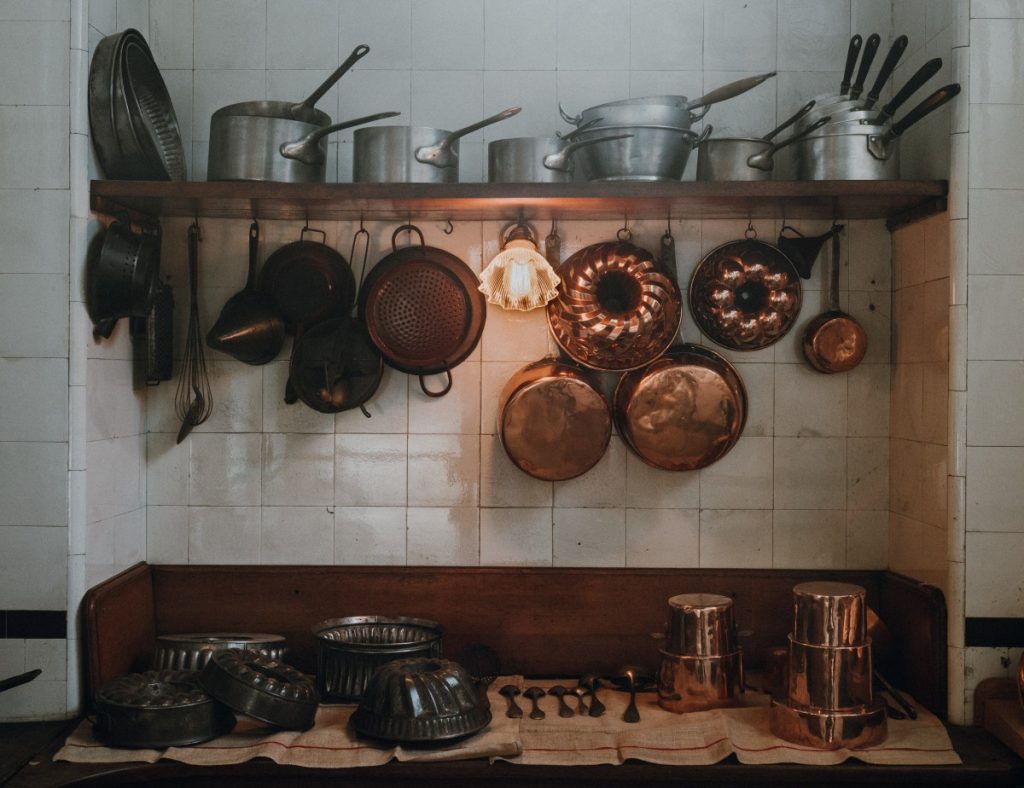
Conclusion
To get started micro-homesteading you might put a seed in some soil. Or you might not. You define your homestead journey. Whether it be one in the kitchen – buying locally and creating healthy food from scratch for your family. Or in the garden – creating a micro homestead garden to offset food costs. It doesn’t have to consume all your time and be labor intensive, but it can, if that’s what you want. But it doesn’t have to! You don’t have to produce enough food for the entire year in your first season of gardening. As a matter of fact, you might never! Not everything can grow in every climate and you might crave a mango or want to feed your baby a delicious avocado at some point.
Let’s summarize
- Get started: Do a tiny thing right now. And another tomorrow. Or next week. Find inspiration and let your greatest interests guide you in the beginning.
- Get comfortable: Build confidence and momentum. Some changes might be uncomfortable at first. Expect some time to get into new habits and routines. Give yourself the chance to enjoy it.
- Get clear on your goals – what is your dream: The more you learn, the more you realize that you hardly know anything. And the more you get clear on how much you want to learn and how far you want to take homesteading. Dare to dream and trust in your ability to make it real.
- Get planning: Breaking tasks into manageable pieces will make them less daunting, help you get going and track progress.
- Get going: Tackle each task one by one. But remember – all this is worthless if you don’t enjoy it. You have this one life. Don’t spend it trying to make someone else’s dream come true. Cancel out the noise, roll up your sleeves and get going, for your own sake first.
Finally, some words of encouragement. It’s important to realize that life is cyclical and we all move through waves of high motivation and inevitably waves of less motivation. In other words, don’t expect to keep a continuous momentum from now till eternity. You are building a lifestyle – a way to live – and that takes time. Especially because you want to arrive at solutions and habits that can work for you in the long run. So show yourself some grace, realize that failure is an inevitable and highly productive part of learning, and seek comfort and inspiration from people who love you.
Tell me in the comments what your path of least resistance to homesteading is. Sharing is a great way to inspire others!
“We abuse land because we regard it as a commodity belonging to us. When we see land as a community to which we belong, we may begin to use it with love and respect.”
